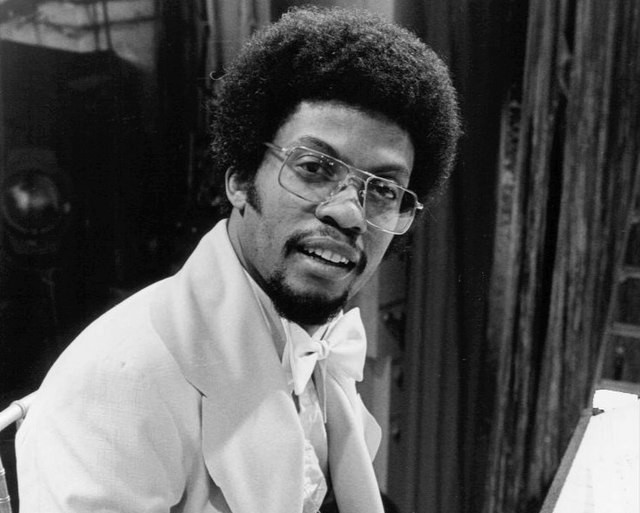
Herbie Hancock – Cantaloupe Island
In 1964, a young Herbie Hancock released a track on his Blue Note album Empyrean Isles that seemed to anticipate the future of jazz.
That track was “Cantaloupe Island” — a piece that transcended jazz boundaries and laid the foundation for jazz-funk, hip-hop sampling, and even modern club culture.
It remains one of the earliest and most influential examples of crossover jazz.
Background and Concept
“Cantaloupe Island” was composed and recorded when Hancock was just 23 years old.
At the time, he was already a member of the Miles Davis Quintet and deeply engaged with modal jazz and avant-garde ideas.
This track reflects both sides of his musical identity — the cerebral, harmonically rich world of modern jazz, and the rhythmic, groove-based pulse of blues and funk.
It’s a perfect distillation of Hancock’s creative vision: music that is both intellectually stimulating and irresistibly accessible.
Musical Characteristics
The piece is deceptively simple.
Built around a repeating four-bar piano riff, the song maintains a hypnotic, mid-tempo groove that allows for incredible flexibility in improvisation.
Herbie Hancock’s piano forms the rhythmic foundation, while Freddie Hubbard’s trumpet, Ron Carter’s bass, and Tony Williams’s drums weave in and out with intuitive interplay.
There are few chord changes, but that minimalism opens up space.
Rather than limiting expression, it gives soloists the freedom to explore mood and texture in a deeply expressive way.
Influence and Revival
“Cantaloupe Island” has long been a favorite in the jazz world, but it found new life in 1993 when it was sampled by the British jazz-rap group Us3 in their hit “Cantaloop (Flip Fantasia).”
That track became a global success, introducing a new generation to Hancock’s music and helping to spark renewed interest in classic Blue Note jazz.
Even today, “Cantaloupe Island” continues to inspire musicians and DJs across genres.
It remains a staple in jazz-funk sets, educational curriculums, and chill-out playlists alike.
Conclusion
“Cantaloupe Island” is a track that proves jazz doesn’t have to be complicated to be profound.
Its simplicity creates space. Its groove invites movement. Its timeless feel bridges generations.
Herbie Hancock packed innovation, soul, and style into just over four minutes — and in doing so, redefined what jazz could be.
This is not just jazz for the head. It’s jazz for the body and the spirit.
More than 100 million songs in CD quality. 7 million in better-than-CD sound.
🎧 Start your free trial with Amazon Music Unlimited now!

